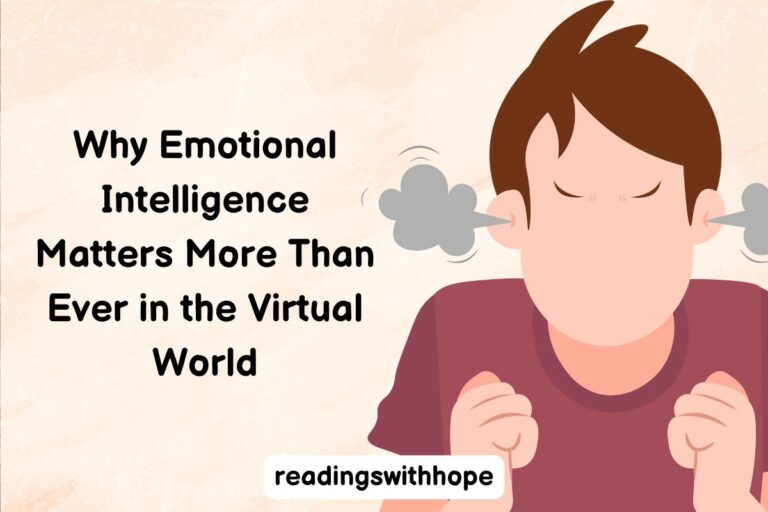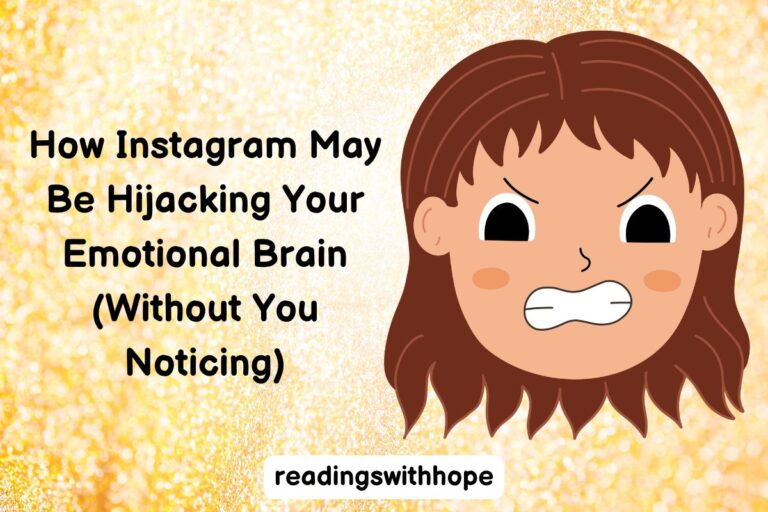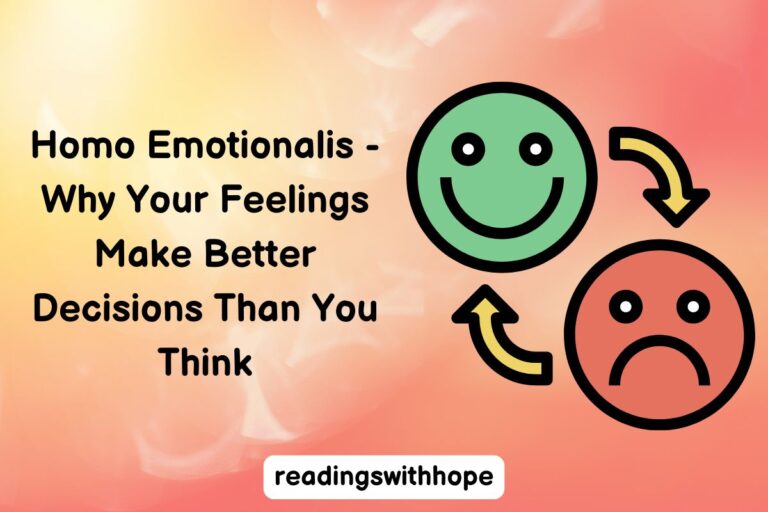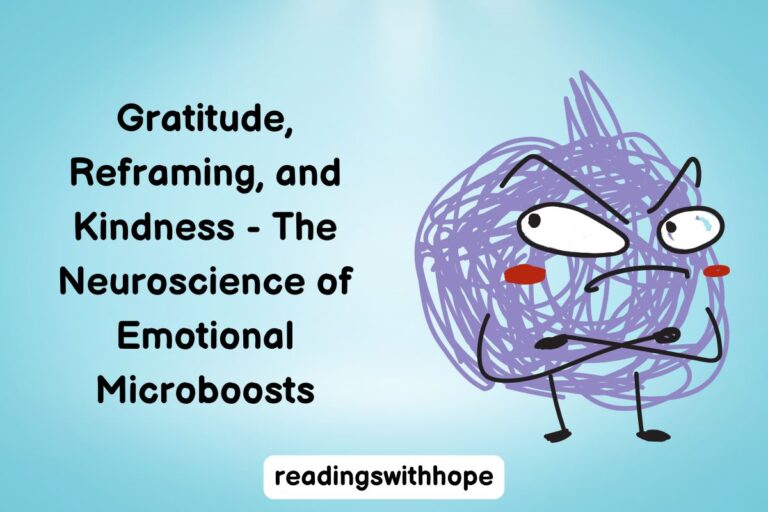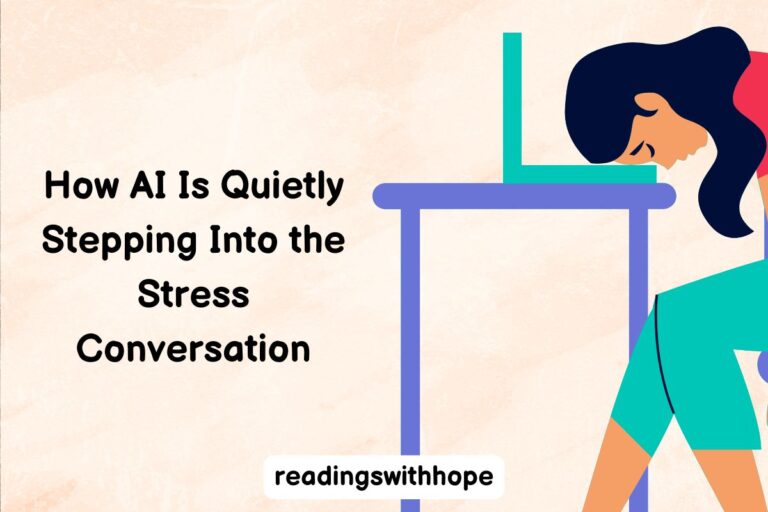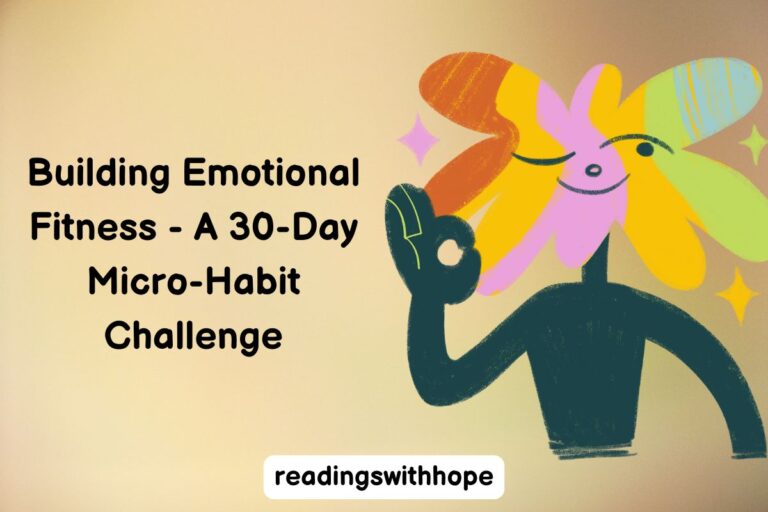What If We Designed Our Workdays for Joy, Not Just Productivity?
We’ve spent decades treating productivity as the north star of work. Everything—from open floor plans to time tracking software—has been built around squeezing more output from the day.
But what if we’ve been aiming at the wrong thing? What if joy—not productivity—was the better target?
Now, I know “joy” sounds fluffy. It’s the kind of word you might expect on a holiday card, not a workplace strategy doc. But there’s growing evidence that joy isn’t just a “nice to have.”
It’s foundational.
When people experience joy at work, they don’t just feel good—they solve harder problems, connect better with others, and stick around longer. It’s a fuel source, not a reward.
I’m not suggesting we abandon results. Quite the opposite. I’m wondering—what if designing for joy is actually how we get better results? And not just for individuals, but for teams, systems, and culture. Let’s dig in.
Why joy isn’t soft—it’s a strategic advantage
Joy changes how our brains work
One of the most overlooked facts in organizational science is that joy literally rewires our brains for better work. Barbara Fredrickson’s “broaden-and-build” theory of positive emotions explains this beautifully. When people feel positive emotions—like joy, interest, or pride—they’re more open to new experiences, more creative in their thinking, and better at spotting connections.
Contrast that with fear or stress. Those narrow our focus and push us into threat-mode. Great for surviving saber-toothed tigers. Terrible for innovation meetings.
Here’s a quick example: Google’s famous Project Aristotle found that psychological safety was the number one factor in high-performing teams. You know what helps people feel safe? Micro-moments of joy. Laughter, celebration, a sense of belonging. These emotional cues signal to the brain: you’re okay here. Once that baseline is established, people start taking more creative risks.
Joy leads to more sustainable energy
Let’s talk energy. Not caffeine energy—emotional energy. Burnout isn’t just about overwork. It’s about working without joy, without meaning, without any moments that refill the emotional tank.
In one company I worked with, a high-growth SaaS firm, their engagement survey showed teams were hitting their KPIs but quietly flaming out. What turned things around?
They started running weekly “energy check-ins,” where teams shared one thing that gave them a spark that week. It was small, but it rewired how they talked about their work. People started building in more of those sparks—cross-team mentorship, creative side projects, even just walking meetings.
Within a quarter, not only had burnout scores dropped, but they also saw a measurable boost in cross-functional collaboration. Why? Because people had more emotional bandwidth to engage.
Joy drives better decision-making
Here’s something wild: Joy doesn’t make people less rational. It makes them better at long-term thinking.
Research from the University of Toronto found that people in a positive emotional state took a wider lens on problems. They considered more variables, anticipated downstream effects more accurately, and were less reactive.
If you’ve ever been in a strategy session where everyone was tense and defensive, you know how bad the thinking can get. Now picture that same room when people feel open, connected, and genuinely curious. The ideas flow. The listening improves.
That’s not accidental.
It’s neurochemical.
And it’s powerful.
Joy helps people stay—and thrive
Let’s not skip the retention angle.
The new generation of workers—especially Gen Z—is not afraid to leave jobs that feel joyless. They’re not waiting for pensions or clinging to stability. They’re choosing meaning, culture, and emotional well-being.
That might scare some leaders. But it’s also a huge opportunity. Companies that deliberately design for joy—through thoughtful rituals, autonomy, and emotional intelligence—are becoming talent magnets.
Take Atlassian. They introduced a “Team Health Monitor” that includes not just process metrics but emotional ones.
Do team members feel proud of their work?
Do they laugh together?
Those data points are tracked, discussed, and treated as performance indicators. And their retention rates reflect it.
Quick wins: what creates joy at work
Let’s bring it down to earth. Here are five joy-generating elements I’ve seen work across industries:
- Micro-recognition: Shoutouts, emoji reactions, thank-you Slack messages. Tiny signals, big emotional lift.
- Rhythms of restoration: Teams that normalize rest—real lunch breaks, quiet hours, sabbatical planning—have better energy across the board.
- Space for play: Even in serious industries, room for levity helps. One legal team I know runs a meme-of-the-week contest. Productivity didn’t dip—engagement spiked.
- Purpose storytelling: When teams regularly connect their daily work to larger impact (customer wins, societal good), joy goes up.
- Agency and choice: Letting people choose how they approach problems or where they work from—even occasionally—boosts intrinsic motivation.
We don’t need ping pong tables. We need emotional design.
And if you’re thinking this all sounds like culture fluff, ask yourself this: what’s the cost of ignoring joy? It’s not just disengagement—it’s missed innovation, turnover, and a flat, fearful workplace.
Joy isn’t the opposite of productivity. It’s what makes productivity worth sustaining.
How we can actually design joy into workdays
Let’s get practical. Joy isn’t something you sprinkle on top of an already-busy calendar like glitter. It has to be built in, like sunlight into a well-designed room.
That means we’ve got to rethink how we structure time, how we shape physical and digital spaces, and how our systems either support or sabotage joy.
Design time with emotional rhythm in mind
Most of us plan our days like machines: block by block, meeting by meeting, focused solely on output.
But humans don’t operate on output alone. We’ve got emotional rhythms—energy highs and lows, focus waves, attention cliffs.
Instead of packing the calendar from 9 to 6, what if we designed for natural cycles of joy and recovery?
I’ve seen teams do this in simple ways. Some introduce “no-meeting mornings” twice a week, protecting deep work and flow time. Others add 15-minute “buffer zones” between high-stakes meetings to let people decompress or reflect.
A sales team I worked with blocks Friday afternoons for what they call “flex joy”: time for catching up, passion projects, or just chilling with teammates.
The goal isn’t to do less—it’s to create space where better work can emerge.
And those small adjustments?
They compound into better mood, better thinking, better everything.
Make space—literally—for joy to show up
The physical environment matters more than we give it credit for. Yes, even in the age of remote and hybrid work. Whether it’s an office, a coworking space, or a home desk, our surroundings either elevate our emotional state or drain it.
A couple of years ago, I consulted with a fintech company that moved into a shiny new HQ. Think marble floors, glass walls, sleek silence. It looked great on Instagram. But guess what?
Within six weeks, the office was half empty by 3 PM every day.
Turns out, the space was too polished to feel safe. People didn’t laugh. They didn’t linger. So they left.
They redesigned parts of the space with cozy zones, moveable furniture, and art made by employees’ kids. The vibe shifted almost immediately. People stayed longer, conversations flowed more naturally, and—yes—collaboration improved.
Even in digital spaces, the same principles apply. Slack channels for joy, rituals for shared playlists, digital whiteboards with doodle zones—these are all design choices that shape emotional tone.
HR practices that bake in joy, not bolt it on
Too often, HR policies are built like legal documents—precise, protective, and joyless. But what if we treated them like cultural invitations? Invitations to feel seen, supported, and even delighted?
Here are a few powerful (and doable) HR practices I’ve seen work:
- Joy days: One company I know gives each employee four “joy days” per year—no reason needed, just take the day to do something that sparks happiness.
- Story-based performance reviews: Instead of just numbers and ratings, managers reflect on peak moments the employee created or contributed to. It reframes feedback as storytelling, not judgment.
- Emotionally intelligent onboarding: A fintech startup redesigned its onboarding to include a “first joy memory” session—new hires share a time when they felt deep joy at work. It sets the tone early: this is a place that cares about how you feel, not just what you produce.
All of these are subtle signals that joy isn’t separate from work—it’s part of work.
Culture doesn’t happen by accident—it needs design too
Culture is the emotional climate of the workplace. And like any climate, it needs care. Joyful cultures don’t magically appear. They’re designed through norms, symbols, and shared experiences.
One of the most powerful things I’ve seen? Cross-functional “joy champions.” These aren’t morale officers—they’re employees from different departments who get a small monthly budget and permission to create mini-joy interventions. One team threw a “Surprise Wins Day” where unexpected small victories were publicly celebrated. Another brought in a plant-swap station.
The result? People felt ownership over the emotional tone of their workplace. And when joy is shared and co-created, it becomes sustainable.
Design isn’t just about chairs and calendars. It’s about choosing, deliberately, what kind of emotional world we want to work inside of.
What happens when we take joy seriously
Let’s shift from design to outcomes. Because we’re not just chasing good vibes—we’re chasing impact. So what happens when teams and companies actually invest in joy as a serious performance strategy?
Joyful teams don’t just feel good—they perform better
Here’s what the data tells us:
- In a 2021 study published in the Journal of Applied Psychology, teams that reported higher emotional positivity also reported 23% more creative output and 18% higher goal attainment.
- The Yale Center for Emotional Intelligence found that teams with higher collective joy had lower conflict rates, even when under pressure.
- And research from Gallup shows that employees who experience daily moments of joy are 3x more likely to be engaged, and 5x more likely to recommend their employer.
These aren’t warm fuzzies. These are business outcomes.
Joy helps organizations adapt faster
Joyful cultures are inherently more resilient and adaptive. Why? Because joy encourages openness, curiosity, and risk-taking—all critical ingredients for change.
Let me give you a real example. During the pandemic, a mid-sized marketing firm I worked with saw its entire business model disrupted. Instead of doubling down on control, the leadership leaned into joy. They launched “Reimagination Sprints,” where anyone—regardless of role—could propose new services, campaign ideas, or client pivots.
The joyful twist? Every idea was presented with a visual metaphor (cartoons, memes, sketches) and received not just critique, but celebration—even if it failed.
Within three months, they had two new revenue streams. And the team reported the highest engagement scores in company history.
Joy didn’t distract from survival. It enabled it.
Leaders who prioritize joy build stronger trust
We don’t talk enough about how lonely leadership can be. But the leaders who choose vulnerability, who show up with joy and invite others into it, build trust at a much deeper level.
When a leader shares joy—through gratitude, humor, storytelling—it humanizes them. It makes it safer for others to share, take risks, and speak up.
And in high-stakes environments, psychological safety isn’t optional. It’s the foundation for ethical, effective decisions.
Want an example? Satya Nadella’s transformation of Microsoft involved not just strategy, but empathy and joy as leadership principles. He talked openly about learning from his son, about building a culture of curiosity and kindness. That emotional reframe unlocked the company’s creative confidence.
Joy creates a competitive advantage that’s hard to copy
Let’s be honest: tools, tactics, and even talent can be replicated. But culture—that living, breathing emotional layer—is hard to clone.
Companies that operationalize joy—through systems, stories, and shared rituals—create environments where people want to stay, grow, and contribute.
And in a world where everyone’s fighting for attention, retention, and innovation, that’s a massive differentiator.
Final Thoughts
If there’s one thing I hope you take from all this, it’s that joy isn’t a distraction from the serious work—it is the serious work.
When we design our workdays for joy, we aren’t just being “nicer.” We’re being smarter. We’re building the kind of emotional infrastructure that lets people do their best thinking, connect in deeper ways, and stay resilient in the face of change.
So no, this isn’t a fluffy trend. This is a design challenge for the future of work. And it starts with a simple question:
What would change if we believed joy was the real metric of success?

